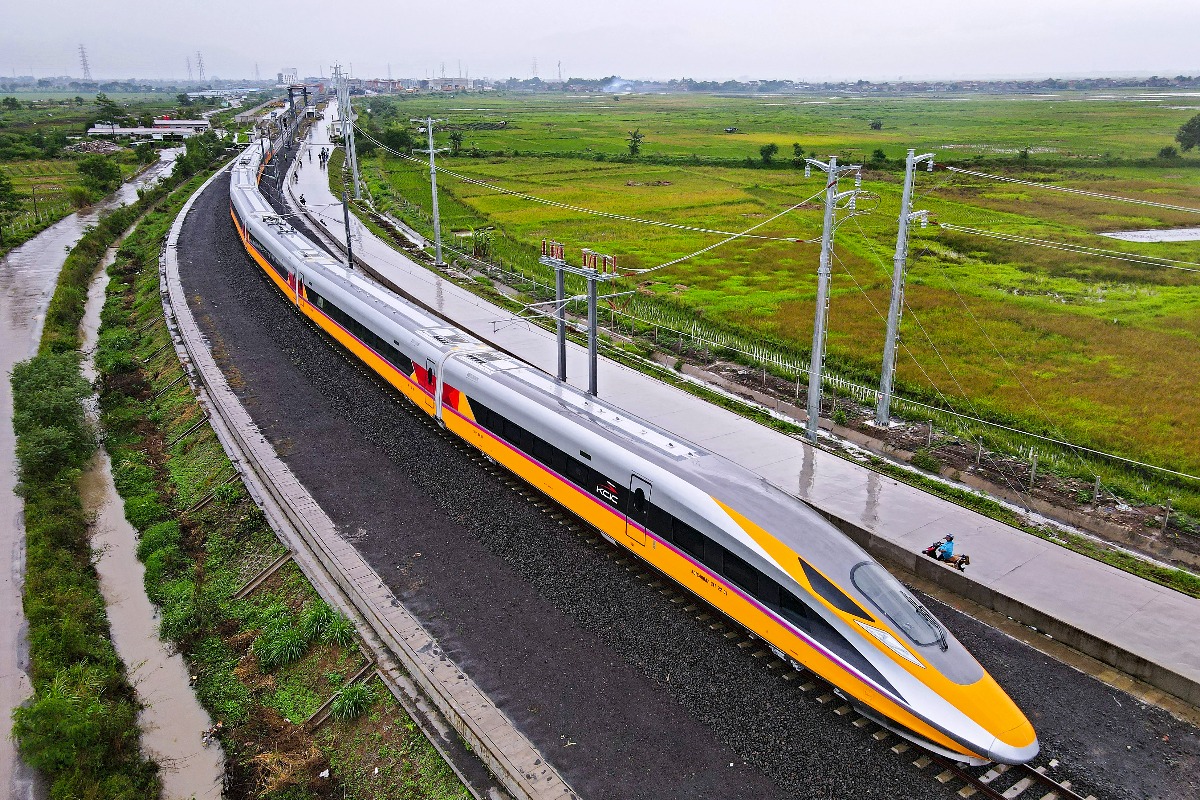
China’s “return to the world stage” puts an end to the world order considered as customary for more than 300 years, in which the center of gravity of global governance and economy, and the dominant civilization model was provided solely by the Western World. At the dawn of a new era, a new Eurasian pole is forming around China with circles of influence spreading all the way to Europe.

The close relationship between Europe and Asia is not new: the ancient Silk Road in China connected communities living on the supercontinent via the exchange of goods, knowledge, culture and technologies even before Christ. The Silk Road connected the centers of Eurasia: China, India, Persia, Arabia, Egypt and Rome. Until the rise of the US, the world’s power center moved about almost exclusively within Europe and Asia. The center gradually shifted to Western Europe (the former periphery of the western core) from East and Southeast Asia, which had previously been more developed. The importance of the latter increased steadily from the 16th century as a result of the great geographical discoveries and the development of colonial empires backed by the western industrial and financial revolutions.

However today, in the era of a new fourth industrial and financial revolution, Asia is getting closer and closer to taking up a guiding role. The world’s economic center of gravity and the geopolitical force field have shifted eastwards again. According to projections, fast-growing developing countries (mostly in Asia) are expected to account for up to 60 percent of global GDP by the middle of the century. In addition to being pioneers in innovation, Asian countries (especially China, South Korea, Singapore and the United Arab Emirates) are also leading the way in integrating innovations into society. Asia is not scared of technology. Asian countries adopt the latest solutions quickly and successfully, from mobile payments to robotics and synthetic biology. Whether democratic or autocratic, rich or poor, one of the measures of a country’s success and competitiveness is the development level of technologies they use effectively and extensively and the extent to which their economic policies are innovation-based. So Asia not only bridges the gap, but also gains competitive advantage in making a giant leap forward through new technologies, their application as well as creative and innovative economic policies.
The author is the Executive Director of Magyar Nemzeti Bank (MNB), the central bank of Hungary